If you’re lucky enough to snag a precious bottle of Chartreuse right now, you probably know just what a feat that is.
The elusive French liqueur is extremely difficult to find at the moment, requiring quite the treasure hunt through various liquor stores. So what are you to do when your favorite cocktail calls for Chartreuse, but there’s none to be found?
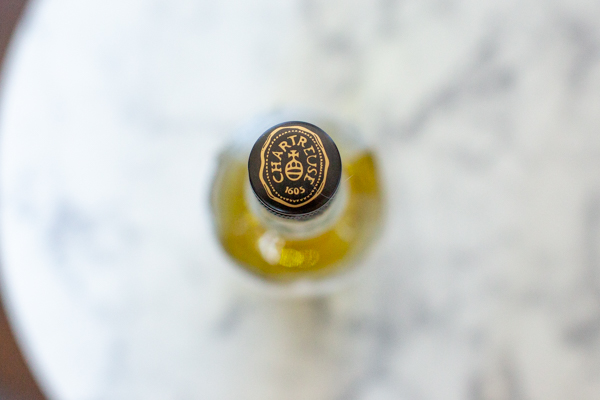
Copyright A Bar Above
What is Chartreuse?
In case you’re not familiar, Chartreuse is an herbal liqueur made by Carthusian Monks in France who have been crafting this elixir for centuries, passing down the original formula from 1605 and modifying the complex recipe throughout the 18th century as the monks began producing it commercially.
This amazing liqueur reportedly boasts a secret recipe of 130 ingredients that offers a complex flavor profile of bittersweet earthiness, floral elements, herbal notes, and lemon.
This herbal liqueur brings an earthy note to cocktails that isn’t easily replicated, and it comes in two versions, detailed below– one with a light olive color (Green) and one with a bright yellow hue (Yellow).
The rise of cocktail culture threw this now hard-to-find liqueur into the spotlight, causing a mad rush and quite the cult following throughout bar programs and amongst enthusiasts. (More on that in a minute.) It’s used in a wide variety of cocktails, including the century-old Last Word cocktail from the Prohibition era.
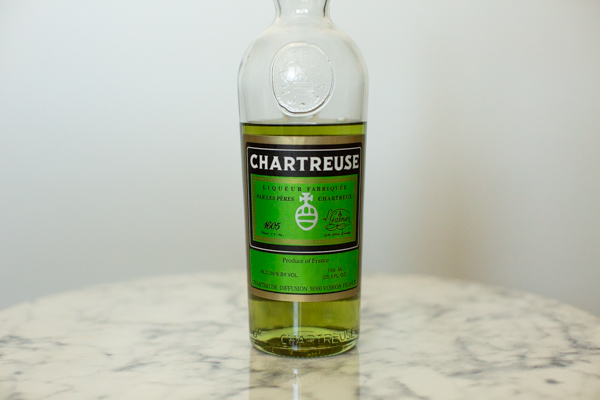
Copyright A Bar Above
Green Chartreuse
It’s possible this green liqueur is the more popular version and is probably called for in more cocktail recipes. If you’ve been here a while, you might know that this is hands-down Chris’ favorite liqueur– and with good reason.
Green Chartreuse is appropriately named after its light green color. Its subtle sweetness mixes with herbaceous notes and hints of anise, and you can really taste the botanical flavors of this green spirit.
Smell: To me, the green version has more of a pungent spice smell than the Yellow, side-by-side, mixed with citrusy notes.
Taste: Although Green is marketed as the more spicy blend, I find the botanical and spicy tastes very balanced, and it actually has a more sweet flavor to me (and my better half) than its yellow counterpart, despite the smell– I’ll explain that more in the Yellow section, because this is a very unpopular opinion. You can really taste the herbal blend, with a slight bitter flavor and quiet hints of mint.
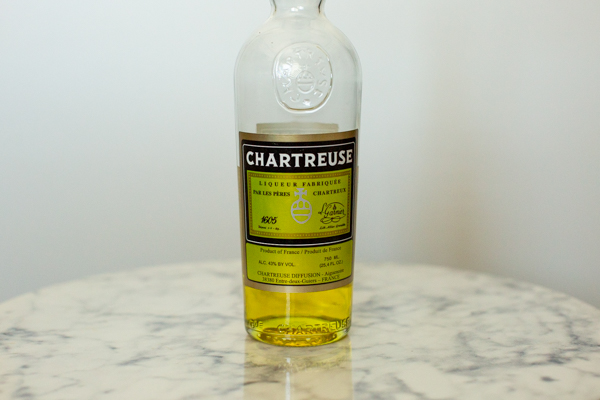
Copyright A Bar Above
Yellow Chartreuse
The yellow color of this variety isn’t the only thing that sets it apart. It’s marketed as being slightly sweeter than the green version and has lower alcohol by volume (43% vs 55%). However, I find that the star anise provides a slightly stronger licorice-like flavor in Yellow than in Green Chartreuse’s herbal profile.
Smell: Both my husband and I think that Yellow smells sweeter and brings more lemon to the nose.
Taste: While I can see how people interpret this flavorful liqueur as sweeter, I actually find it more lemony and therefore a bit more bitter, but in a much less earthy way– I think that’s why it’s described as being sweeter than Green. It’s brighter and, to my taste buds, a bit less complex in terms of being able to really appreciate all the herbal ingredients past the citrusy flavor. When it hits the back of my tongue, I get much more anise/licorice root than I do with Green.
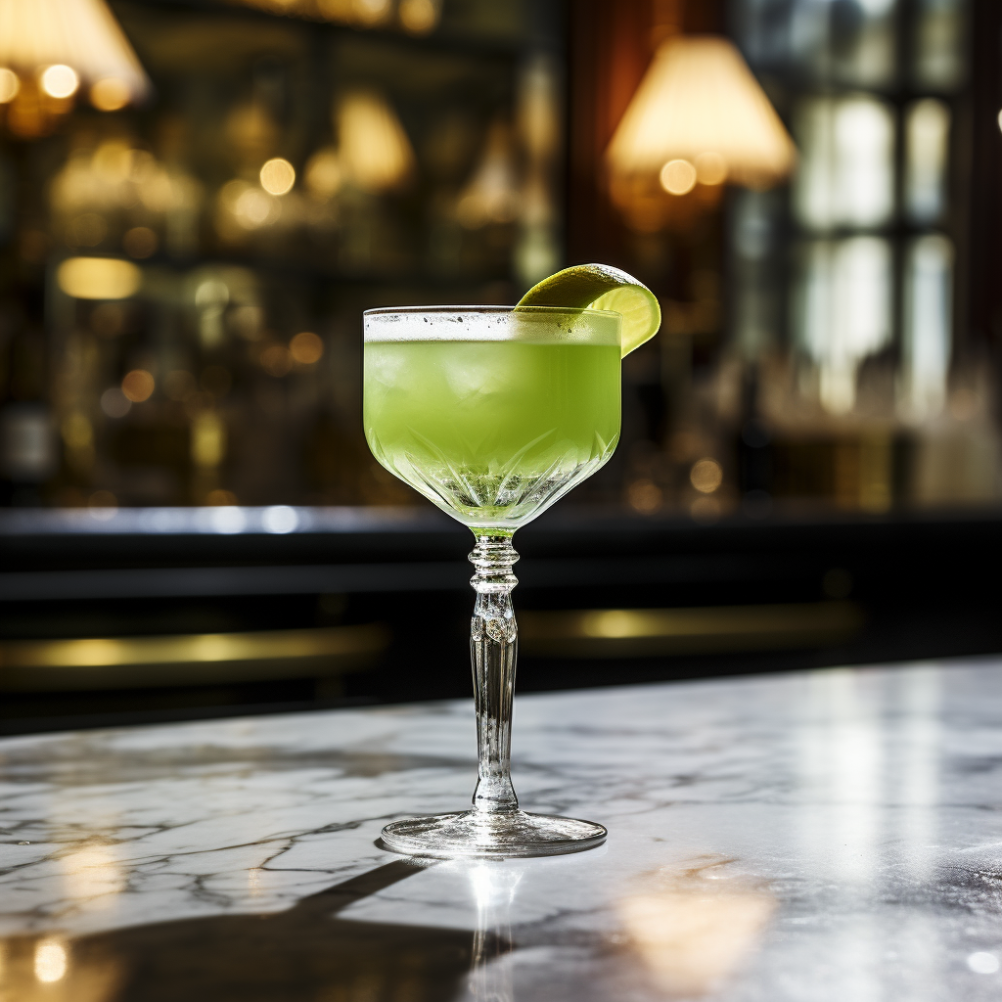
Copyright A Bar Above
Why is Chartreuse So Hard to Find Right Now?
Like I mentioned, the craft cocktail movement is mostly to blame for the supply shortage, but it’s a little more complicated than simple supply-and-demand.
When the pandemic craziness hit in 2020 and creating great cocktails at home suddenly became all the rage, the sales of Chartreuse skyrocketed. We’re talking about global sales hitting over $30 million in 2022 (US dollars).
But here’s the thing: The French Monks who make this delicious, unique liqueur just do not care about craft cocktails. In 2019– in a completely unrelated decision, even pre-pandemic– they decided to cap their yearly production of Chartreuse at 1.6 million bottles due to the environmental impact of making the famed liqueur and the monks’ desire to focus on Monastic life such as prayer and solitude.
Rather, it’s reported that they’re just producing enough bottles to earn enough money to run their monastery.
It’s simple math: Less Chartreuse + more fans = Less availability of products.

Copyright A Bar Above
Therefore, there’s a bit of a supply chain shortage on this 130-ingredient spirit, making bar professionals and cocktail lovers clamber for this coveted herbal elixir.
As such, if you can find it, expect a single bottle to run you anywhere from $80-120, depending on where you live and whether or not the bottle shop owner realizes just how rare this beloved spirit currently is.
Example: My husband was lucky enough to find a few dusty bottles of Green Chartreuse way up top on a local liquor store shelf at a not-unheard-of market price of $70. He’d won the bottle lottery!
Of course, he bought two, which we haven’t been disciplined enough to ration appropriately (I really love me a Bijou). When I returned to purchase another, the shop owner only had bottles of yellow left and was now asking $100. He’d figured us out!
Another nearby shop owner told me that he’s been getting a handful of calls every day asking if he had Chartreuse in stock. When he finally got some, he limited customers to 1 bottle per purchase and raised the price from $70 to $90 both both yellow and green varieties of the classic liqueur.
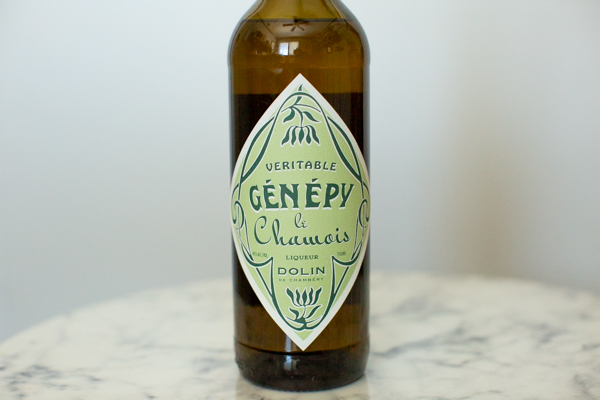
Copyright A Bar Above
Chartreuse Substitutes
OK, so there are some decent substitutes out there, but nothing is going to truly take the place of this centuries-old liqueur. Chartreuse’s secret blend of herbs just hasn’t been replicated, but here is our list of alternatives:
- Dolin Génépy: This popular liqueur is probably the most common substitute for our favorite spirit; my husband and I taste-tested Dolin Génépy side-by-side with both Green Chartreuse and Yellow Chartreuse and found it a very suitable substitute for either, particularly Yellow. In terms of flavor, it’s very similar, but it boasts a little extra sweetness and tastes slightly less like black licorice than Yellow Chartreuse does.
-
Bordiga Centum Herbis: This one is mentioned a lot in forums as an excellent substitute for Green Chartreuse. With a name that means “one hundred herbs” in Latin, it’s described as a combination of wild alpine peppermint, thyme, eucalyptus, chamomile, wormwood, fennel, lavender, nutmeg, cinnamon, and juniper with bright minty and fennel or anise flavors to finish. However, it’s fairly difficult to find, particularly on the west coast. There are definitely some shops online that will ship it to you, but of course you’ll have to factor in another $20-30 for shipping on top of the $40-50 price tag. If you live in New York or Rhode Island, I did find several local shops that carry it, though.
- Heirloom Genepy: Of everything I’ve tried, this one for me is the most like green. It’s an excellent dupe that captures the same slightly sweet, herbal complexity of Green Chartreuse. Unfortunately, it’s only readily available in the midwest, but you can buy it directly from Heirloom’s site, with shipping currently running about $27 to me in California. At a price tag of $40, it ends up being about the original price of Chartreuse before the price gouging (around $70-ish with tax).
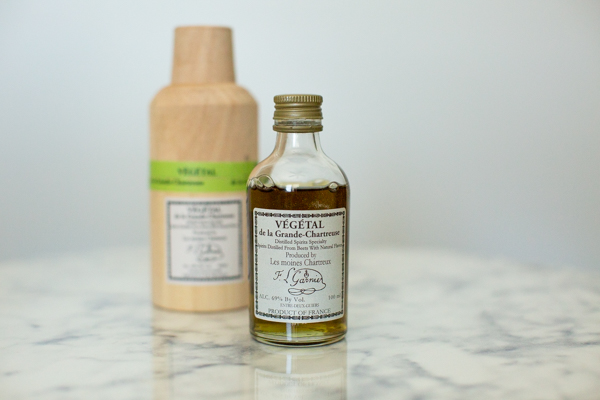
Copyright A Bar Above
- Chartreuse Elixir Végétal: This is one that cocktail enthusiasts swear by– probably because it’s actually from the Chartreuse line of the same monks who produce Green and Yellow. Personally, I find its strong taste really overpowering, although its distinct flavor profile is not unlike the green variety. To me, it offers a distinct alcohol flavor similar to that of vodka mixed with Chartreuse. It’s also quite expensive– $30 for a tiny 100 ml bottle, so you won’t want to use it as a direct replacement– Plus, the alcohol content is a whopping 69%. Instead (and this is based on a personal test), I recommend use Génépy and then spritzing the Végétal in the glass or on top to really help duplicate the taste of Green.
- Liquor Strega: According to Rob Harrah, our resident bartender, the herbal taste and blend of spices makes this is a great replacement for the Yellow version– which makes sense since it comes up a lot online as a pretty suitable alternative in cocktails.
- Benedictine: A commonly-mentioned replacement, Rob says that this is pretty similar to Strega but heavier and drier. Depending on your personal preferences, you could choose between the two, especially when subbing for the yellow liqueur.

Photo by Paolo Bendandi via www.unsplash.com
Other Potential Substitutes for Chartreuse
These are liqueurs that I saw pop up once or twice during my research that may be worth investigating– but no one on our team has tried them for verification yet:
- Faccia Brutto Centerbe: A light green-colored liqueur that is a bit more bittersweet than Chartreuse
- Enrico Toro Torella: An Italian liqueur with notes of honey, vanilla, and pine
- Boomsma Claerkampster Clooster Bitter Liqueur: An herbal liqueur with lots of lime and acute bitterness on the end
- Accompani Flora Green: A liqueur with alpine herbs like chamomile, lemon, and anise
- Forthave Yellow: A floral aperitif that the company itself touts as an alternative to vermouth
- Élicser Combier: A 19th century liqueur that boasts cardamom seeds, myrrh, aloe, cinnamon, nutmeg, and saffron as ingredients
- Drambuie: A Scottish liqueur with honey and spiced flavors
- Liqueur du 9° Centenaire: A slightly sweeter version of Green Chartreuse made by the same Catholic monks, running about $250 a bottle
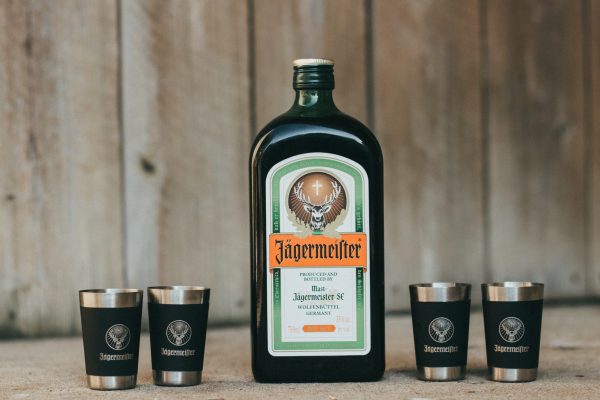
Photo by Andrea Tummons via www.unsplash.com
Chartreuse Alternatives That We Don’t Endorse
This might seem like a weird category, but in my research, there were a lot of common alternatives that either Rob or I have tried that we simply disagree with. So when you see these things mentioned and think “Maybe these would make excellent alternatives”… Just skip them and go grab a bottle of Dolin Génépy instead.
- Angostura bitters
-
Absinthe
- Brucato Chaparral (which is more like absinthe)
- Ver (also more like absinthe)
- Jagermeister
- White Sambuca (too much of an anise-flavored liqueur to find the right balance)

Copyright A Bar Above
The verdict: While we haven’t been able to try all of these options, of the ones we’ve tasted, my husband and I decided that Génépy is pretty close and really is the best substitute in cocktails, particularly when combined with the spritz of Végétal for the perfect balance of herbal flavor and notes of anise. It’s also pretty affordable and easily accessible, making it an obvious winner.
Tip: When all else is lost and you can’t find an acceptable substitute, call your favorite cocktail bar and ask if they have any Chartreuse available. If they do, head on over and have your bartender shake you up an Alaska cocktail.
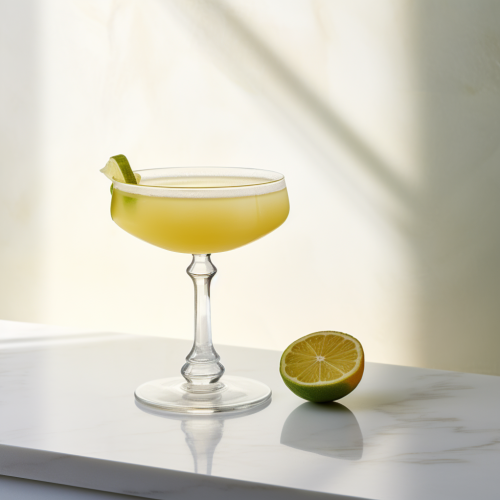
Copyright A Bar Above
Our Favorite Chartreuse Cocktails:
And speaking of mixed drinks, there are plenty of classic cocktails (and some modern cocktails as well) that use Chartreuse; if you’re reading this article, you’re probably already addicted to one or more of them, just like me! Here are a few of my personal favorite mixed drinks that call for this versatile liqueur.
Delicious Cocktails with Green Chartreuse:
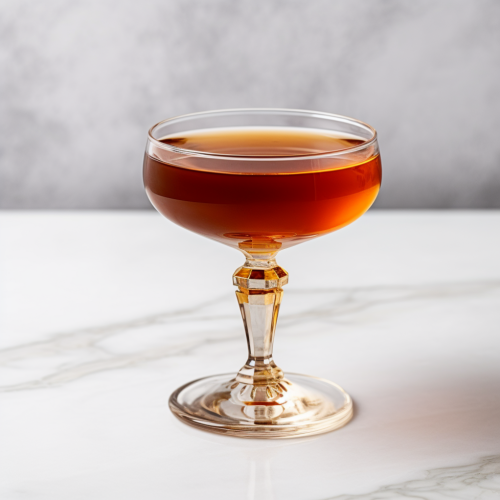
Copyright A Bar Above
Bijou
- 1.5 ounces Gin
- 1 ounce Sweet Vermouth
- .75 ounce Green Chartreuse
- 2 dashes Orange Bitters
- Garnish: Cocktail Cherry
Directions: Stir all ingredients in a mixing glass with ice. Strain into a chilled coupe glass.
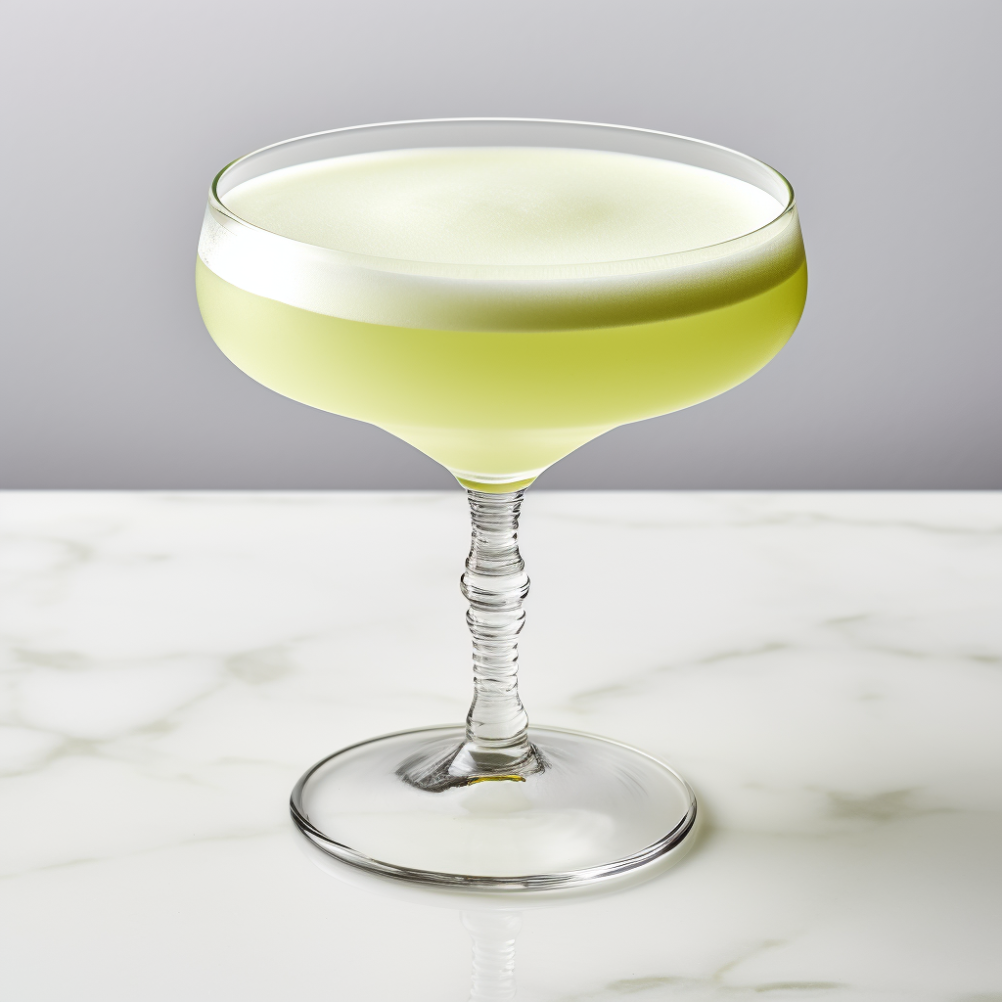
Copyright A Bar Above
Last Word
- .75 ounce London Dry Gin
- .75 ounce Maraschino Liqueur
- .75 ounce Green Chartreuse
- .75 ounce Fresh Lime Juice
- Garnish: Cocktail Cherry
Directions: Shake all ingredients in a Boston cocktail shaker with ice. Strain into a coupe glass.
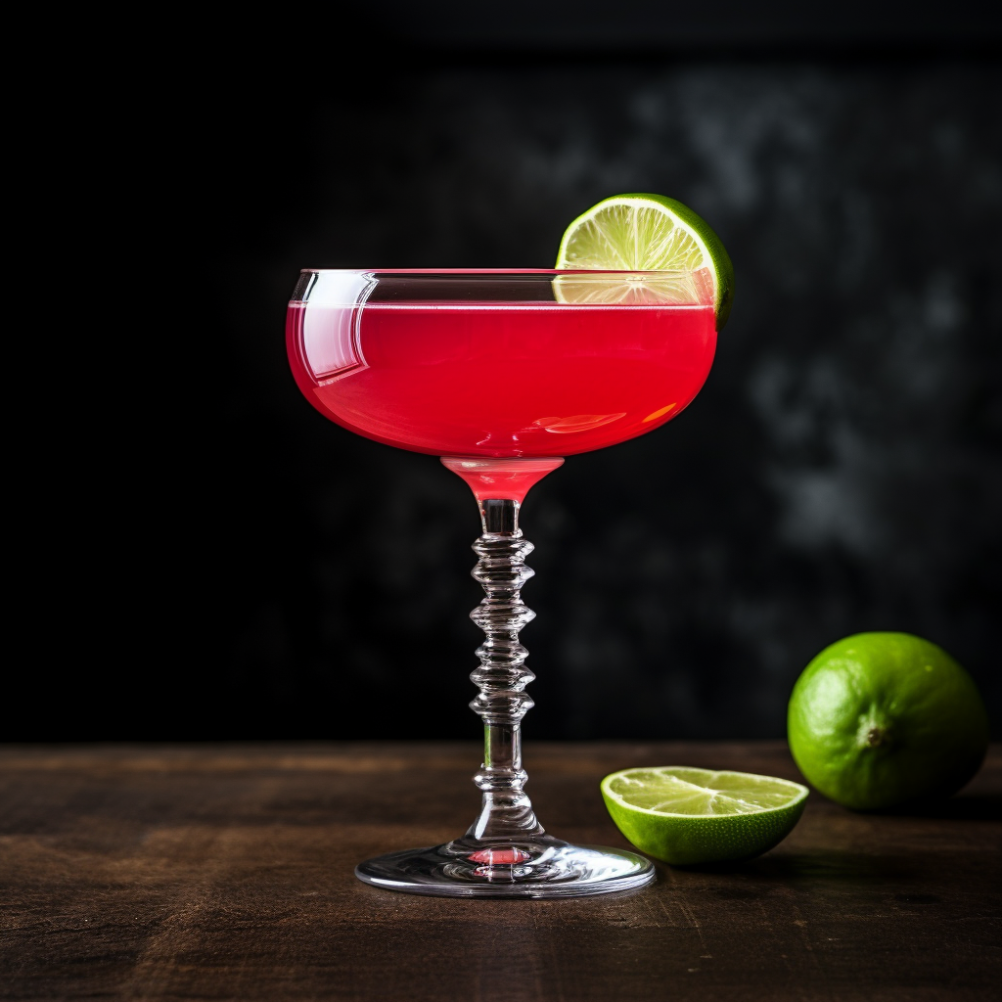
Copyright A Bar Above
Love & Murder
- 1 ounce Campari
- 1 ounce Green Chartreuse
- 1 ounce Fresh Lime Juice
- .75 ounce Simple Syrup
- 4 drops Saline Solution (5:1 water to Kosher salt)
Directions: Shake all ingredients in a cocktail shaker with ice, and strain into a coupe.
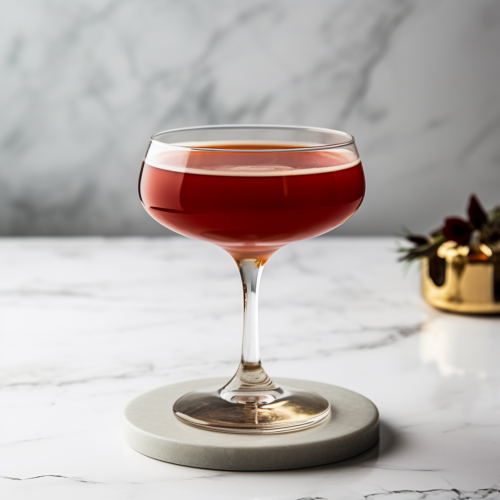
Copyright A Bar Above
Tipperary
- 1.5 ounce Irish Whiskey
- 1 ounce Sweet Vermouth
- .5 ounce Green Chartreuse
- 2 dashes Angostura Bitters
- Garnish: Orange Peel
Directions: Stir all ingredients in a mixed glass with ice and strain into a chilled Nick & Nora glass.
Amazing Cocktails with Yellow Chartreuse:
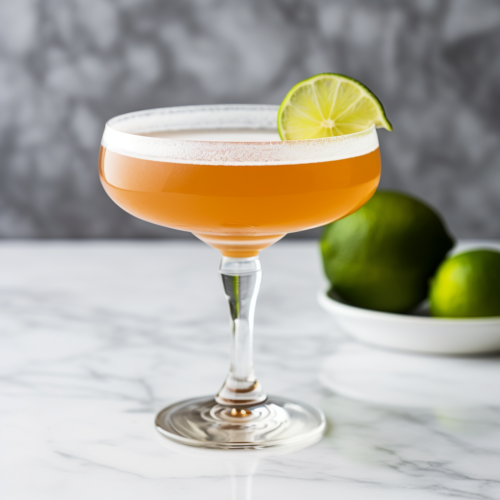
Copyright A Bar Above
Naked & Famous
- .75 ounce Mezcal
- .75 ounce Aperol
- .75 ounce Yellow Chartreuse
- .75 ounce Fresh Lime Juice
Directions: Shake all ingredients in a cocktail shaker with ice, and strain into a coupe.
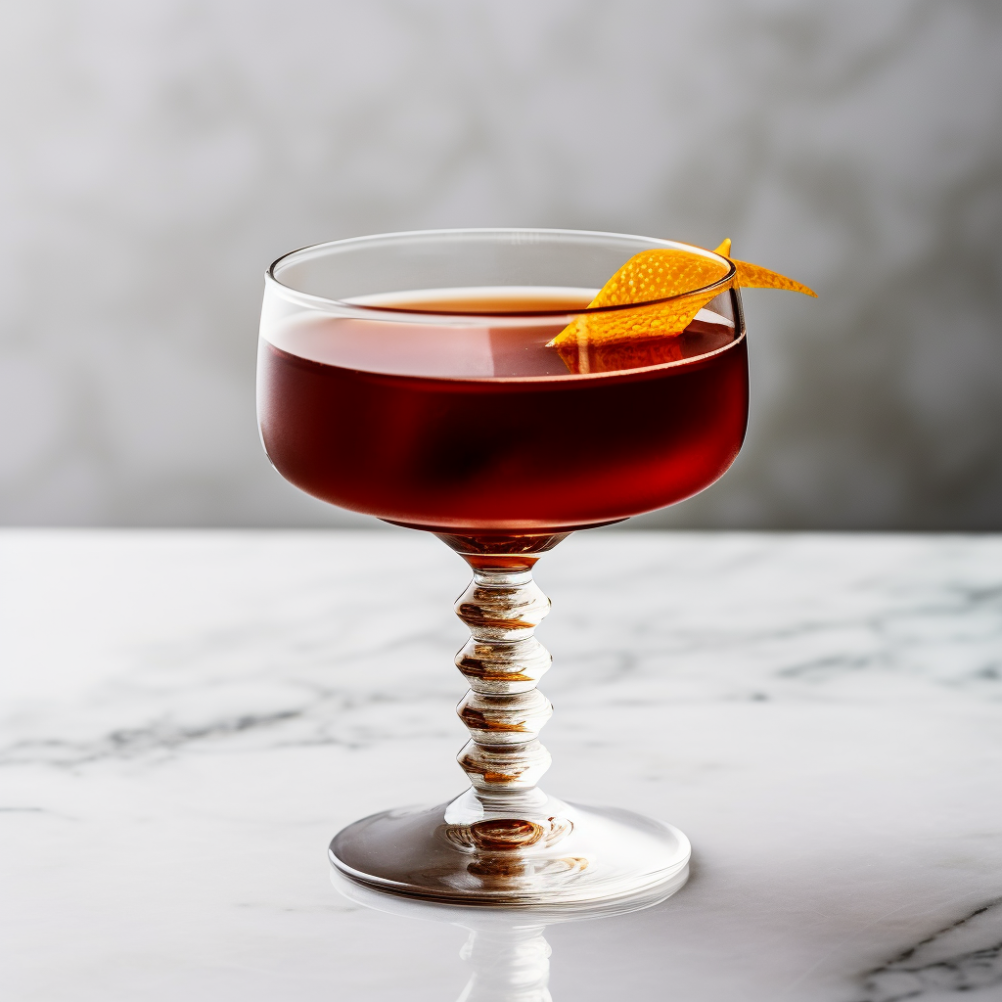
Copyright A Bar Above
Greenpoint
- 2 ounces Rye Whiskey
- .5 Yellow Chartreuse
- .5 Sweet Vermouth
- 1 dash Angostura Bitters
- 1 dash Orange Bitters
- Garnish: Lemon Twist
Directions: Stir all ingredients in a mixed glass with ice and strain into a coupe glass.
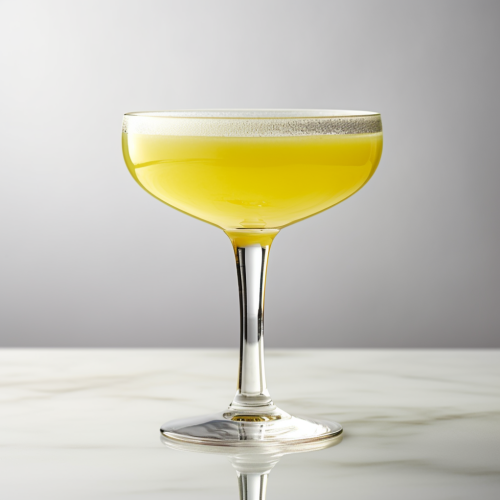
Copyright A Bar Above
Alaska
- 1.5 ounces Gin
- .5 ounce Yellow Chartreuse
- 2 dashes Orange Bitters
Directions: Stir all ingredients in a mixing glass with ice. Strain into a Nick & Nora glass.
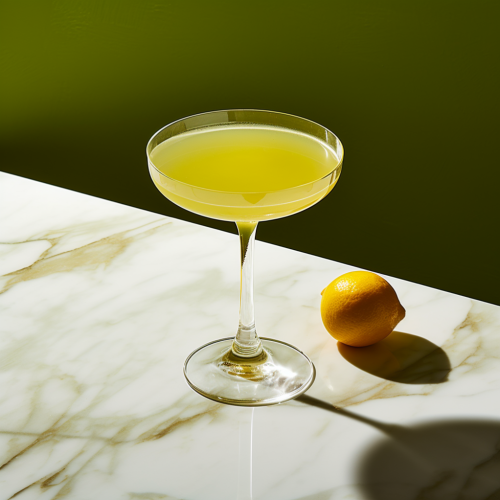
Copyright A Bar Above
Flying Dutchman
- 1.5 ounces Genever
- .75 ounce Benedictine
- .75 ounce Yellow Chartreuse
- .75 ounce Fresh Lemon Juice
Directions: Shake all ingredients in a cocktail shaker with ice. Strain into a coupe glass.
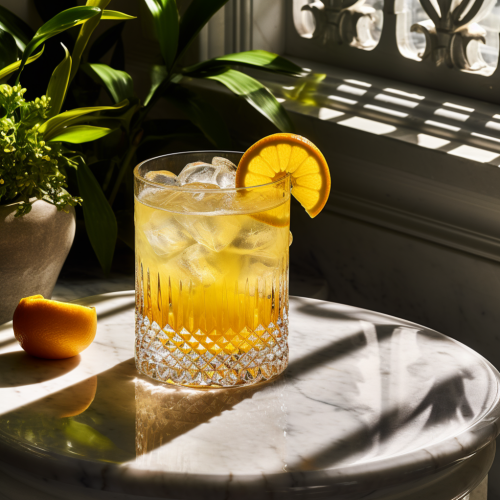
Copyright A Bar Above
Alright, so what’s your take on the shortage? Do you have a favorite substitute for Chartreuse that I overlooked or underplayed? And what is your favorite Chartreuse cocktail that you’re craving right now? Leave us a comment and share your thoughts!

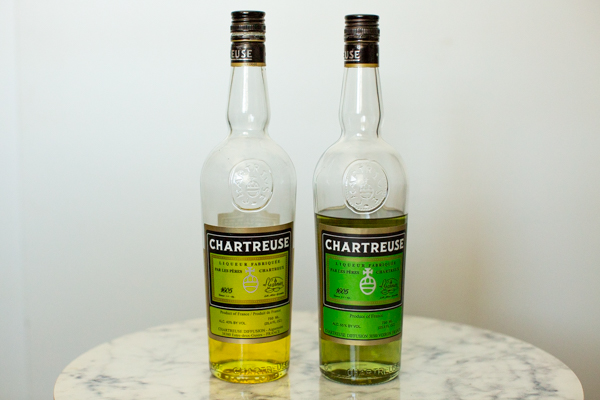


Thanks for the drink recipes! I’m a big fan of the Bijou. Just last night a mixologist friend served me an unbelievably simple combination of 3 parts Fever Tree ginger beer to one part Green Chartreuse, and it was fantastic. The flavors worked with each other perfectly.
RE Vegetal: Just water it down, about 3 parts water to 1 part Vegetal, and you pretty much have Green Chartreuse. I find it has a bitter edge that Chartreuse doesn’t, but a little gomme syrup balances it.
Thanks, Steve– That’s a really helpful tip about the Vegetal! I can’t wait to try that ginger beer & Chartreuse combo, too. Glad you like the other recipes in the article; we are huge fans of Chartreuse over here!